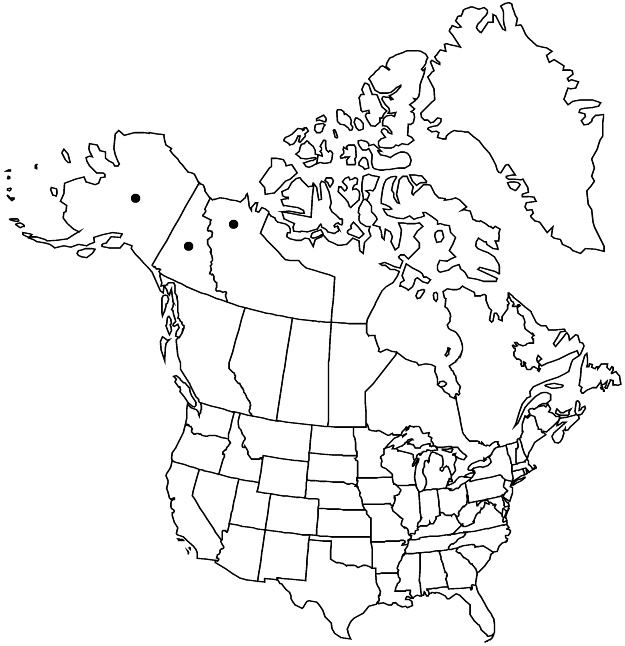Cerastium maximum
Sp. Pl. 1: 439. 1753.
Plants perennial, subrhizomatous. Stems simple, or few together, erect or ascending, 20–70 cm, proximal internodes moderately pilose, becoming glandular distally; nonflowering, axillary branches usually present; small axillary tufts of leaves absent. Leaves sessile, not marcescent; blade narrowly lanceolate, with prominent midrib, 0.2–1 × 3–12 mm, apex acuminate, ± pubescent on both surfaces, short-ciliate. Inflorescences open or congested, usually 3–10-flowered cymes; bracts normally lanceolate, acuminate, herbaceous, pubescent. Pedicels erect, 2–25 (–60) mm, usually ca. 2 times as long as sepals in fruit, glandular-pubescent. Flowers large, conspicuous, more than 2 cm diam.; sepals lanceolate, 8–11 (–12) mm, outer sepal margins herbaceous, inner sepal margins narrow, membranous, apex acute, moderately to sparsely glandular-hairy; petals obovate, (15–) 18–25 mm, at least 2 times as long as sepals, apex deeply 2-fid; stamens 10; styles 5. Capsules narrowly conic, straight, 15–22 mm, ca. 2 times as long as sepals; teeth 10, erect, short, becoming outwardly coiled. Seeds yellowish-brown, round, 2–2.5 mm diam., finely rugose in concentric rings; testa not inflated. 2n = 38.
Phenology: Flowering summer.
Habitat: Open woods, gravel bars, terraces by rivers
Elevation: 0-1200 m
Distribution

N.W.T., Yukon, Alaska, Asia
Discussion
This beautiful species is distinguished by its long, narrowly conic capsule with teeth that coil outward like a watch spring.
Selected References
None.
Lower Taxa
"timesaslongassepals" is not declared as a valid unit of measurement for this property."timesaslongassepals" is not declared as a valid unit of measurement for this property.